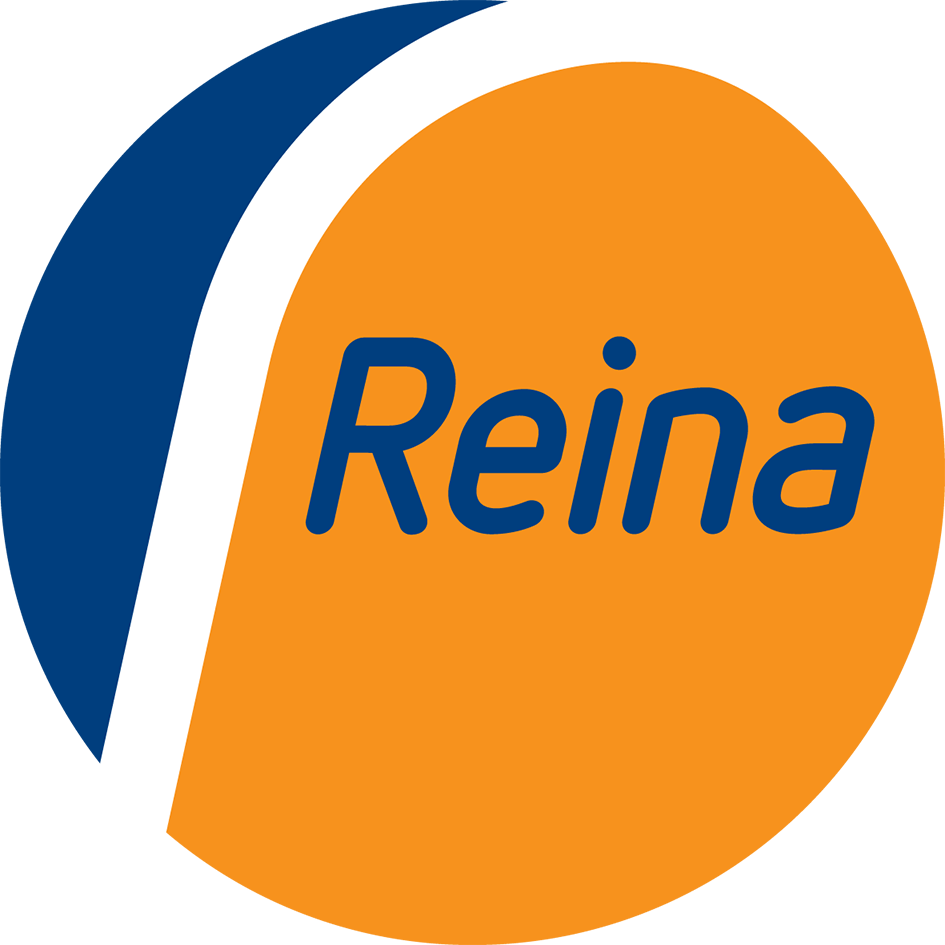Make your property more attractive to prospective tenants by making it eco-friendly
As a landlord, you might not immediately think of making your buy-to-let property more eco-friendly. The cost of home improvements might put you off but this may be offset as your property becomes more attractive to tenants. Tenants, like all householders, are conscious of the rising cost of bills, particularly as the winter looms closer.
Benefits of making your buy-to-let property more eco-friendly
- Improved EPC rating – leading to reduced cost of bills
- Increase in property value should you wish to sell in the future
- Reduced rent arrears – higher bills in winter could put a strain on your tenant’s finances
- Longer term tenants attracted – reduces void times and admin charges from letting agents
- Property is easier to let – again reducing length of time property is empty
Private landlords are required by law to provide an EPC to your prospective tenant. The better the EPC rating the lower the cost of energy bills, which will make your property more attractive. It’s not just cheaper fuel bills but the allure of a warmer home that will draw tenants towards your property and away from your competition. You may even be able to charge higher rent, as tenants will be more likely to pay more for a home that will cost them less overall.
How to make your rental property more energy efficient
Reduce drafts
Many older properties have sash windows, which can be drafty. You could install secondary glazing to improve the property’s EPC rating. Draft proofing windows and doors, and blocking cracks in floors and skirting boards, can save up to £25-35 per year on energy bills, according to the Energy Saving Trust.
Replace the boiler
If your property contains an old boiler it’s likely to be inefficient. It’s not a cheap option but a new, more efficient boiler will immediately improve the EPC rating of your property. A new boiler would be highly tempting for prospective tenants, and it should be more reliable and save you money on maintenance costs.
Install loft and cavity wall insulation
Your tenants could see immediate savings if you have loft and cavity wall insulation installed. If your property isn’t currently insulated, the Energy Saving Trust states that installing 270mm of loft insulation can generate up to £240 per year in fuel bill savings, and cavity wall insulation can save up to £275 per year. If there’s already loft insulation in place, topping it up to the recommended 270mm will also create fuel savings. The cost of installing loft and cavity wall insulation is relatively low, but check with your local council as there may be grants or schemes in place for landlords.
Swap to low-flush toilets
A low-flow toilet uses far less water than an older WC; 6 litres compared with 13 litres. In a property with multiple bathrooms or a large family, this could reduce your tenant’s water bills.
Install a heat pump
In rural properties, far from the mains gas grid, oil, LPG or electric heating is the only option. Electric heating is known to be particularly expensive to run but is common in rented properties. Installing an air source heat pump and a central heating system into a property that currently has old storage heaters could save the tenant between £715 and £1,295 per year on fuel bills.
Heat pump systems work best with underfloor heating as they provide a consistent, comfortable temperature. Having underfloor heating means the entire room is heated with no cold spots. Keeping the thermostat lower helps to save money. Underfloor heating in itself is an attractive feature for tenants. There are no unsightly radiators, more wall space for furniture and a modern, airy feel.
Read more about why you should consider a heat pump.
